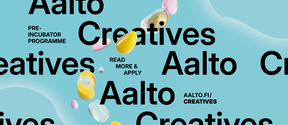Traces from the Anthropocene. Working with Soil.
A multidisciplinary research project that addresses the ecological consequences of the human footprint through ceramic art. The exhibition is a part of Venice Biennale during summer 2019.
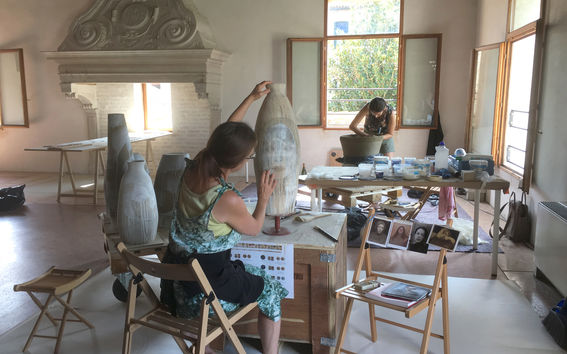
Climate change has raised general awareness of the impact of human activity on the environment. Ecological degradation induced by anthropogenic factors such as microplastics, contamination of the soil or the successive disappearance of pollinating insects have become major sources of concern.
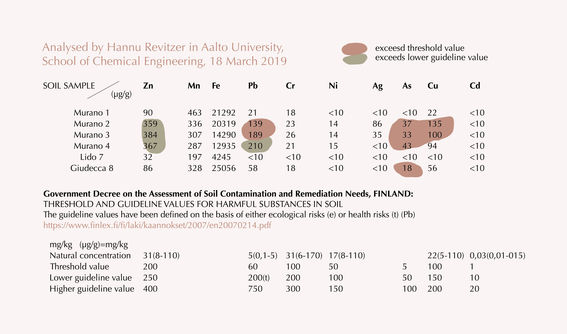
As ceramists traditionally work with local earth, the research was situated in the local environment of the Biennale, the Venice lagoon area. The principal places of interest were the artificial canals of the historical centre, Porto Marghera’s industrial area and the Murano Islands. During the process, local soil was gathered and then analysed for anthropogenic contaminants.
Local brick clay was used to create large ceramic forms, and finally, the analysed, contaminated soil was used to paint the ceramic vessels. The focus was not in making a comparative study of clean and contaminated soil as a ceramic material per se, but rather to investigate how craft practice may reveal embodied relations of the human and material environments. In this project, craft making is understood as a philosophical space to consider ethical and ecological concerns related to the environment. The research is conducted by artist-researchers from Empirica research group of the Department of Design in collaboration with the Finnish Environment Institute SYKE.
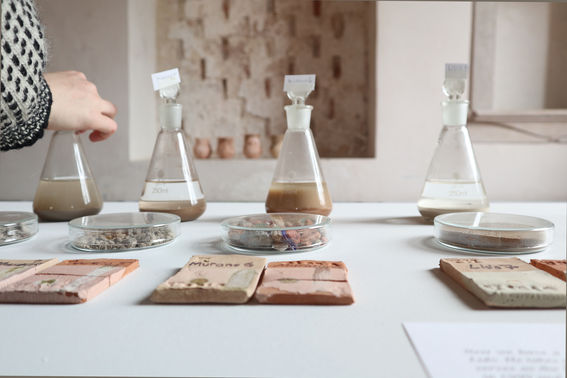
Traces from the Anthropocene. Working with Soil is a multidisciplinary research project that addresses the ecological consequences of the human footprint through ceramic art. The project took place before and during the Venice Biennale 2019, the world’s best-known contemporary art event held since 1895.
Working with Soil is shortlisted for The First International Whitegold Ceramic Prize that seeks culturally and environmentally aware and socially engaged art projects. Ten exceptional proposals were shortlisted out of more than a hundred submissions.
This text is based on Maarit Mäkelä and Riikka Latva-Somppi’s texts and was edited by MA student Pauliina Purhonen.
---
This content belongs to Student Takeover on Unfolded. The Curating and Storytelling course have created visual and textual essays about the first academic year of the MA Contemporary Design.
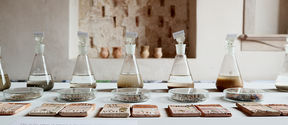
A multidisciplinary research project that addresses the ecological consequences of the human footprint through ceramic art. The exhibition is a part of Venice Biennale during summer 2019.

Contemporary design students spent a week in Venice setting up the exhibition and gathering soil samples for the research.

During September 2019, Aalto University's exhibition programme for Helsinki Design Week, titled 'Designs for a Cooler Planet' will introduce solutions for more sustainable lifestyles in Otaniemi
Aalto University UNFOLDED magazine focuses on contemporary issues dealing with creativity, experimentation, and transdisciplinary co-creation.



